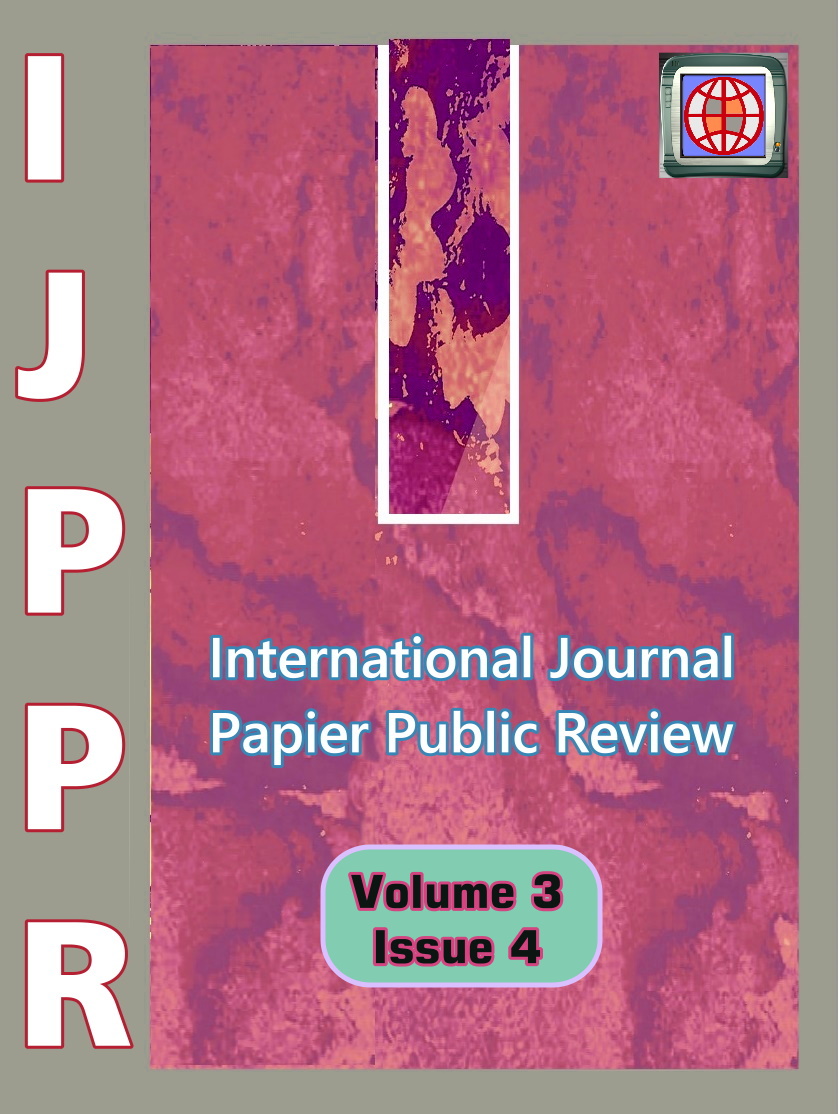Networking Actors in Private Public Management Tourism Development Partnership
DOI:
https://doi.org/10.47667/ijppr.v3i4.182Keywords:
Networking, Management, Public private, Development, TourismAbstract
The management of public-private partnership tourism development should put a substantial focus on networking the many stakeholders that are participating in the project. There are many different types of participants that might be connected via a network. Some examples include the government, the private sector, local communities, and non-governmental groups. Actors need to share information and work together in order to successfully network, which is why public-private partnerships are so important to tourism industry growth. Networking players may be able to aid in increasing the overall efficiency and effectiveness of the project by raising the amount of coordination and collaboration that happens among the numerous stakeholders participating in the project. Actor networking may also help to reduce disagreements and encourage community participation in project planning and implementation, both of which are desirable results.
Downloads
References
Arbulú, I., Lozano, J., & Rey-Maquieira, J. (2016). The challenges of municipal solid waste management systems provided by public-private partnerships in mature tourist destinations: The case of Mallorca. Waste Management, 51, 252-258.
Franco, M., & Estevão, C. (2010). The role of tourism public-private partnerships in regional development: a conceptual model proposal. Cadernos Ebape. Br, 8, 600-612.
Grimsey, D., & Lewis, M. (2007). Public private partnerships: The worldwide revolution in infrastructure provision and project finance. Edward Elgar Publishing.
Kaul, M. (1997). The new public administration: management innovations in government. Public Administration and Development: The International Journal of Management Research and Practice, 17(1), 13-26.
Ke, Y., Wang, S., Chan, A. P., & Lam, P. T. (2010). Preferred risk allocation in China’s public–private partnership (PPP) projects. International Journal of Project Management, 28(5), 482-492.
Koppenjan, J. F., & Enserink, B. (2009). Public–private partnerships in urban infrastructures: Reconciling private sector participation and sustainability. Public Administration Review, 69(2), 284-296.
Liu, T., & Wilkinson, S. (2014). Large-scale public venue development and the application of Public–Private Partnerships (PPPs). International journal of project management, 32(1), 88-100.
Samii, R., Van Wassenhove, L. N., & Bhattacharya, S. (2002). An innovative public–private partnership: new approach to development. World development, 30(6), 991-1008.
Weiermair, K., Peters, M., & Frehse, J. (2008). Success factors for public private partnership: cases in alpine tourism development. Journal of Services Research, 7.
Downloads
Published
How to Cite
Issue
Section
License
Copyright (c) 2022 International Journal Papier Public Review

This work is licensed under a Creative Commons Attribution-ShareAlike 4.0 International License.
































